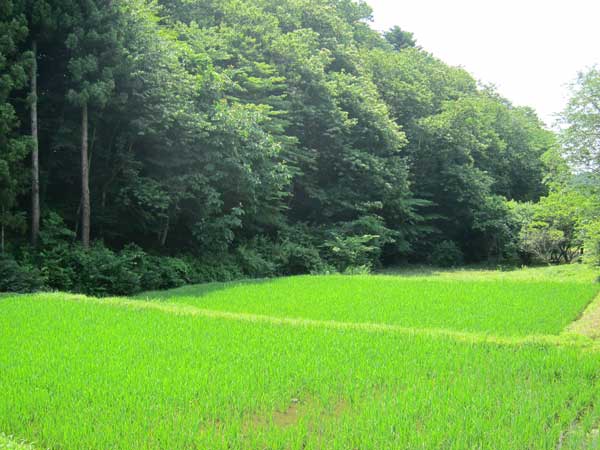
東京農業大学の鈴木先生は東京の中学校でホタルの生息地を作る予定です。毎夏、先生と中学生は群馬県に行って、ホタルを観察して勉強します。今回、私も招待されました。
ホタルにはきれいな水と暗闇が必要です。鈴木先生によると、都市の生息地には社会的なデザインも要ります。学校のとなりのお寺や退職をした方たちのセンターも参加できます。
川場村に来て、中学生たちは田んぼの草むしりをして、小さい川でカニとカエルを観察しました。都市の子供なのに、中学生たちは本当に勇気があります。
夜に、ゲンジボタルとヘイケボタルを見ました。林と田んぼのそばにはホタルがいっぱいいます。
「なかのビレジ」というホテルに泊まりました。内側は和風モダンで、外側は山の一部 みたいです。湯名な坂倉建築研究所はホテルを作りました。
川場村では、たくさんリンゴが育っています。最近、ブルーベリーも育っています。
Tokyo University of Agriculture Professor Suzuki is planning a firefly habitat at a junior high school. Each year, teachers and students from the Tokyo school visit Gunma to study fireflies. This year I was also invited.
Fireflies need clean water and darkness. According to Professor Suzuki, creating habitat in the city also requires a “social design.” The temple, cemetary, and senior center near the school are also invited to participate.
When we arrived at Kawaba-mura, the school girls weeded a rice field and played with frogs and crabs in the creek. Even though they are city kids, the students are very brave.
At night, we saw Genji fireflies and Heiki fireflies. There are a lot of fireflies on the edge between the forest and the rice field.
We stayed at a hotel called “Nakano Village” which on the inside is Japanese modern style, and on the outside the building looks like part of the hillside. It was designed by the famous Sakakura Associates.
Kawaba mura has many apple orchards, and recently they are also growing blueberries.
The trip made me think of the following:
- How can gardens be created in multiple connected sites?
- How can all city and country kids learn about each other’s environments and lives?
- How can cities begin to value darkness as essential to their vitality?
- How can kids and adults create habitat and support wildlife where they study, work, play, and live?







